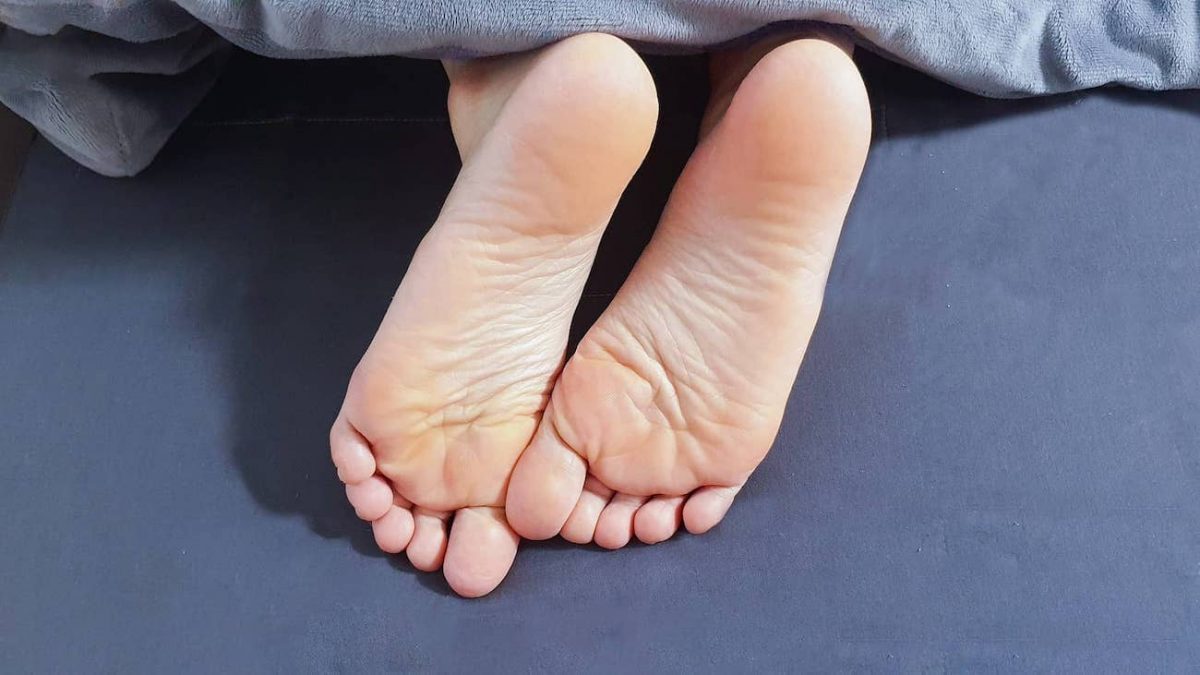
Heel pain while walking can be a frustrating and debilitating issue. Understanding the underlying causes is crucial for effective treatment and prevention. In the following, we explore the top three reasons for heel pain while walking: plantar fasciitis, Achilles tendinitis, and Heel Bursitis. Gain insights into these conditions and find ways to alleviate discomfort and improve your walking experience.
Your heels are the largest of the 26 bones in your feet.
In many ways, your heel bone is the “backbone” of your foot; it provides the strength, support, and balance necessary for your feet to work properly.
Given the heel’s workload, it is not uncommon for it to develop problems.
While varying in cause and degree, almost all heel issues have one thing in common: pain or discomfort, and when your heels are hurting, it can make every step a struggle.
If you are experiencing heel pain, especially when walking, it is important to understand the cause behind your troubles in order to embark on the best course of treatment.
The most Common Causes Of Heel Pain
The top three reasons behind such heel pain, one of which is likely the source of yours, are:
- Plantar Fasciitis. The plantar fascia is the thick band of tissue which runs along the bottom of your foot, connecting the heel bone to the toes. Plantar fasciitis is a biomechanical condition caused by immense and ongoing pressure that damages that tissue and causes inflammation, pain, or stiffness at the sole of the foot. Common among runners, plantar fasciitis often manifests itself as a stabbing pain on the bottom of the foot near the heel.
- Achilles Tendonitis. Found at the back of your ankle, the Achilles tendon is the largest tendon in your entire body. It connects the back of your lower calf muscles to your foot, providing the power you need when you are pushing off while walking or running. Achilles tendonitis, also called Achilles tendinothapy, is usually the result of overuse, such as training too hard without giving the tendon time to recover from the strain put on it. It can be exacerbated by other factors, such as poor footwear, soft running surfaces, or running uphill for extended periods of time.
- Heel Bursitis. Closely linked to Achilles tendonitis, heel bursitis is a condition caused by the swelling of the bursa, which is a fluid-filled sac found at the back of the heel bone. The bursa is where the large Achilles tendon connects the calf muscles to the heel bone. When the bursa becomes inflamed or irritated, usually from overuse, it can cause swelling, warmth, pain, and tenderness at the back of the heel.
There are plenty of natural ways to address and reduce heel pain, and over-the-counter anti-inflammatory medications can certainly help relieve heel pain and swelling as well.
However, many heel problems are degenerative and get worse over time if the root causes of the pain are not treated.
In such cases, an experienced podiatrist should be consulted to evaluate the source of your heel problems so they can recommend the best course of treatment.
Tackle Any Foot Pain Today With Jaws Podiatry!
If you are experiencing heel pain, please reach out to the foot and ankle specialists of JAWS Podiatry today.
We offer a range of advanced and effective surgical and non-surgical procedures to treat heel problems.
Please call us today at (954) 922-7333 or contact us online to schedule a consultation.
- The Life-Changing Power of Cosmetic Foot Surgery - February 27, 2023
- What Are The Most Common Pediatric Foot Conditions? - October 5, 2020
- 4 Important Things To Know Before Having Foot Surgery - September 21, 2020



